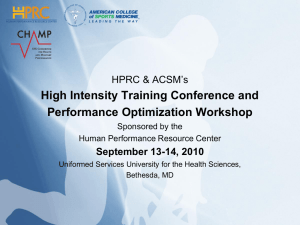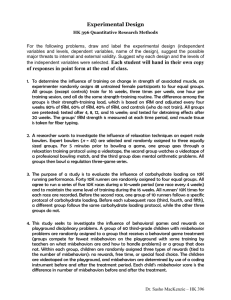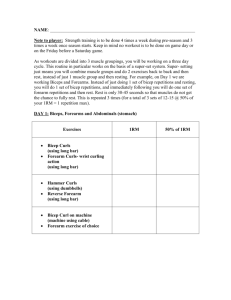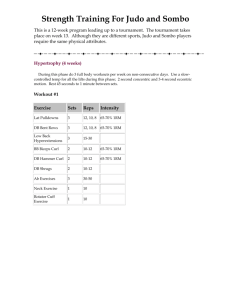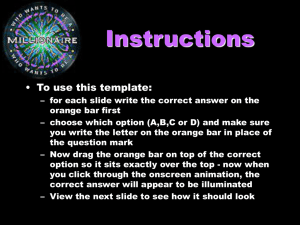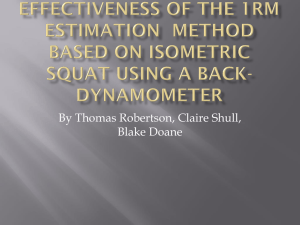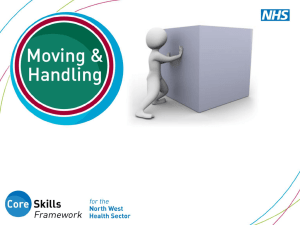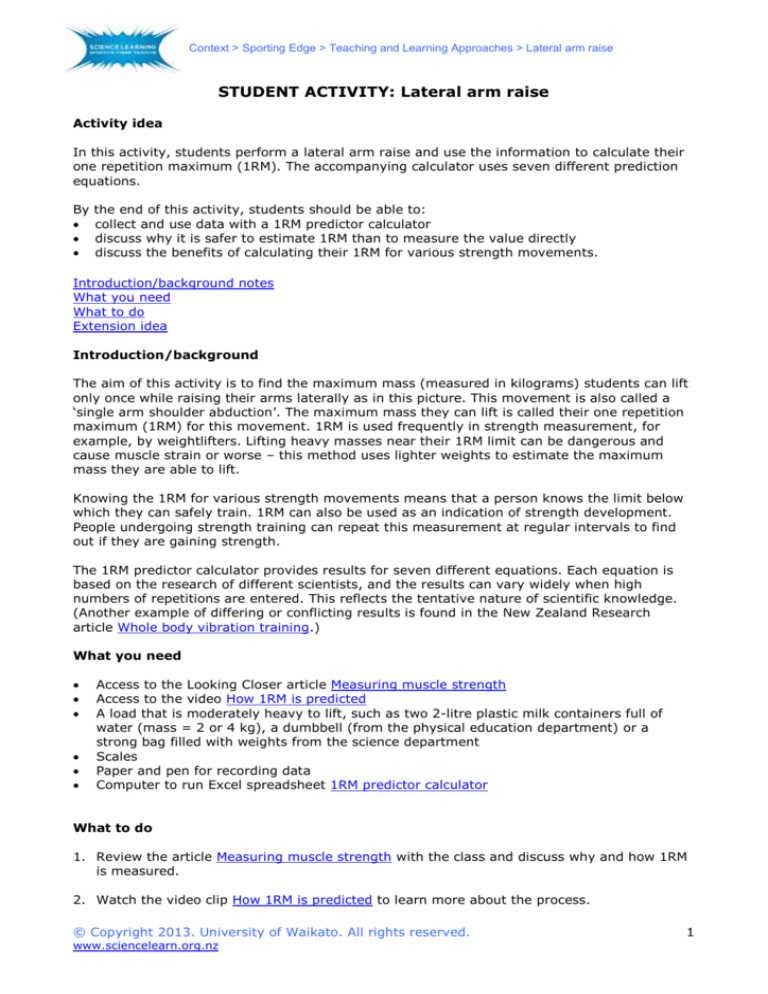
Context > Sporting Edge > Teaching and Learning Approaches > Lateral arm raise
STUDENT ACTIVITY: Lateral arm raise
Activity idea
In this activity, students perform a lateral arm raise and use the information to calculate their
one repetition maximum (1RM). The accompanying calculator uses seven different prediction
equations.
By
the end of this activity, students should be able to:
collect and use data with a 1RM predictor calculator
discuss why it is safer to estimate 1RM than to measure the value directly
discuss the benefits of calculating their 1RM for various strength movements.
Introduction/background notes
What you need
What to do
Extension idea
Introduction/background
The aim of this activity is to find the maximum mass (measured in kilograms) students can lift
only once while raising their arms laterally as in this picture. This movement is also called a
‘single arm shoulder abduction’. The maximum mass they can lift is called their one repetition
maximum (1RM) for this movement. 1RM is used frequently in strength measurement, for
example, by weightlifters. Lifting heavy masses near their 1RM limit can be dangerous and
cause muscle strain or worse – this method uses lighter weights to estimate the maximum
mass they are able to lift.
Knowing the 1RM for various strength movements means that a person knows the limit below
which they can safely train. 1RM can also be used as an indication of strength development.
People undergoing strength training can repeat this measurement at regular intervals to find
out if they are gaining strength.
The 1RM predictor calculator provides results for seven different equations. Each equation is
based on the research of different scientists, and the results can vary widely when high
numbers of repetitions are entered. This reflects the tentative nature of scientific knowledge.
(Another example of differing or conflicting results is found in the New Zealand Research
article Whole body vibration training.)
What you need
Access to the Looking Closer article Measuring muscle strength
Access to the video How 1RM is predicted
A load that is moderately heavy to lift, such as two 2-litre plastic milk containers full of
water (mass = 2 or 4 kg), a dumbbell (from the physical education department) or a
strong bag filled with weights from the science department
Scales
Paper and pen for recording data
Computer to run Excel spreadsheet 1RM predictor calculator
What to do
1. Review the article Measuring muscle strength with the class and discuss why and how 1RM
is measured.
2. Watch the video clip How 1RM is predicted to learn more about the process.
© Copyright 2013. University of Waikato. All rights reserved.
www.sciencelearn.org.nz
1
Context > Sporting Edge > Teaching and Learning Approaches > Lateral arm raise
3. Discuss the terms ‘mass’ and ‘weight’.
Mass is the amount of matter an object has, measured in kilograms.
Weight is the force due to gravity acting on an object, measured in newtons.
A 1 kg mass has a weight force of 10 newtons.
4. Choose a load that is moderately heavy to lift. For safety, the student needs to be able to
hold the load firmly so that it does not slip from their grasp. Do not choose a load that is
too light – it should be heavy enough so that they will only be able to lift it at most 12
times before getting too tired.
5. Measure the mass of the load in kg.
6. Have a student sit upright in a chair as
shown in the picture. This isolates the rest
of the body from the arm movement and
stops them from swinging their hips to
help them start the arm raise each time.
(People tend to do this when their arm
muscles get tired.)
7. Have another student stand near to watch
the student lift the load and to take it
from them when they stop.
8. The student repeatedly raises the load
from their side to a horizontal position and
down again. They do this at a steady rate
(1 to 2 seconds per lift), keeping their
arm locked straight.
9. Have the other student count the number of times they lift the load and get the other
student to tell them to stop when either their arm starts to bend or they take too long to
lift the load (say 4 seconds). The number of lifts counted is called the repetitions to fatigue
(RTF).
10. Enter the load (mass) in kg and the RTF count into the 1RM predictor calculator. The
spreadsheet uses seven different equations to make seven predictions of the greatest load
students can lift only once. Students can then take an average of the predictions.
11. After giving their muscles a few minutes to rest, ask students try to lift the mass given by
the 1RM calculator. Which prediction equation was most accurate?
Extension idea
Use the above method to estimate 1RM for other body movements, for example, a seated
calf raise – sitting on a chair, support a heavy mass on the knees (another person?), flex
both calf muscles and pivot the feet to lift the heels off the ground.
© Copyright 2013. University of Waikato. All rights reserved.
www.sciencelearn.org.nz
2

